Escalation in disputed Nagorno-Karabakh
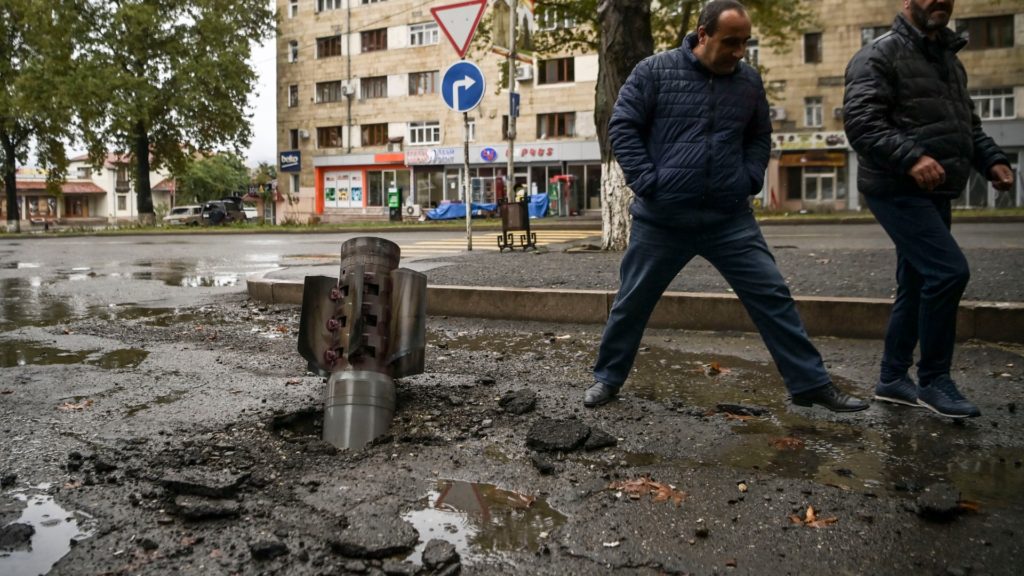
Nagorno-Karabakh, a breakaway region of Azerbaijan mainly inhabited by Armenians and backed by Yerevan, has been the scene of deadly clashes for the past week.
Here is a timeline:
‘Counter-offensive’
Armenia and Azerbaijan, two former Soviet republics in the Caucasus, have accused each other of initiating deadly clashes, the worst since 2016, that broke out on September 27 in their decades-long territorial dispute.
Ethnic Armenian separatists seized the Nagorno-Karabakh region from Baku in a 1990s war that claimed 30,000 lives. Since then, clashes have been a regular occurence between Azerbaijani troops and the rebels, but also between Baku and Yerevan.
Azerbaijan’s defence ministry said it launched a “counter offensive to suppress Armenia’s combat activity and ensure the safety of the population.”
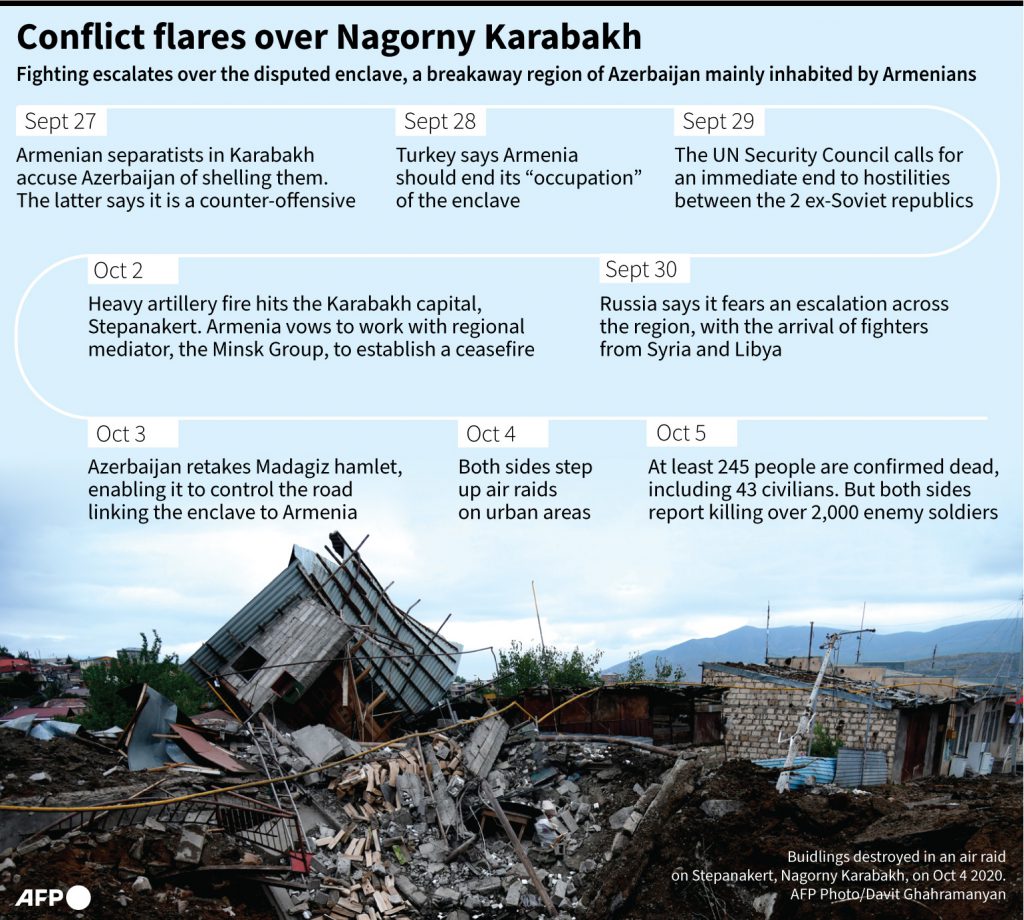
The enclave’s separatist authorities claimed the troops had carried out a bombing campaign, including on the regional capital Stepanakert.
From the announcement of the first clashes, Armenian Prime Minister Nikol Pashinyan and Nagorno-Karabakh authorities declare martial law and military mobilisation.
Azerbaijan’s President Ilham Aliyev promises to win against Armenian and separatist forces. Martial law is declared as well as a curfew in the capital and several cities.
>>> READ ALSO – After US boost, Greece looks for EU backing on Turkey talks
Turkish president weighs in
Turkish President Recep Tayyip Erdogan, whose country is a firm supporter of Azerbaijan and has poor relations with Armenia, on September 28 calls on Armenia to end its “occupation” of Nagorno-Karabakh.
The Karabakh authorities say they have regained positions lost the day before, whereas Azerbaijan says it has made gains. Both sides claim to have inflicted heavy losses on the other.

‘Fuel to the flames’
On September 29, Armenia says a Turkish F-16 fighter jet had shot down one of its warplanes after taking off from Azerbaijan.
Turkey denies the claim, while Moscow urges Ankara not to “add fuel to the flames” in encouraging Baku in its military campaign.
In the evening the United Nations Security Council calls unanimously on the two sides to “immediately stop fighting”.
Videographic locating Nagorno-Karabakh
Regional conflagration fears
On September 30, Russia says that fighters from Syria and Libya are being deployed to the conflict and that it is “deeply concerned” by the development.
>>> READ ALSO – EU sanctions violators of UN Libya arms embargo
“The real enemy is Turkey,” the leader of Nagorno-Karabakh says.
Azerbaijan’s leader vows to pursue military action against Armenian separatists until a full Armenian withdrawal from the disputed territory.
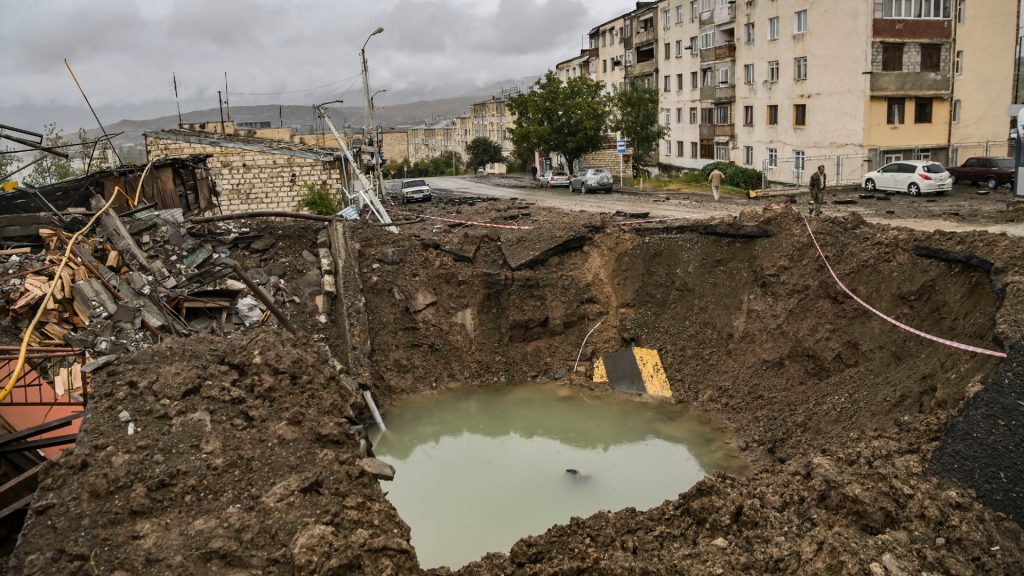
‘Jihadists’
On October 1, Armenian and Azerbaijani forces intensify their shelling.
The presidents of Russia, the United States and France call for a ceasefire, urging Armenia and Azerbaijan to commit to talks without delay.
French President Emmanuel Macron says Syrian jihadist fighters are operating in Nagorno-Karabakh.
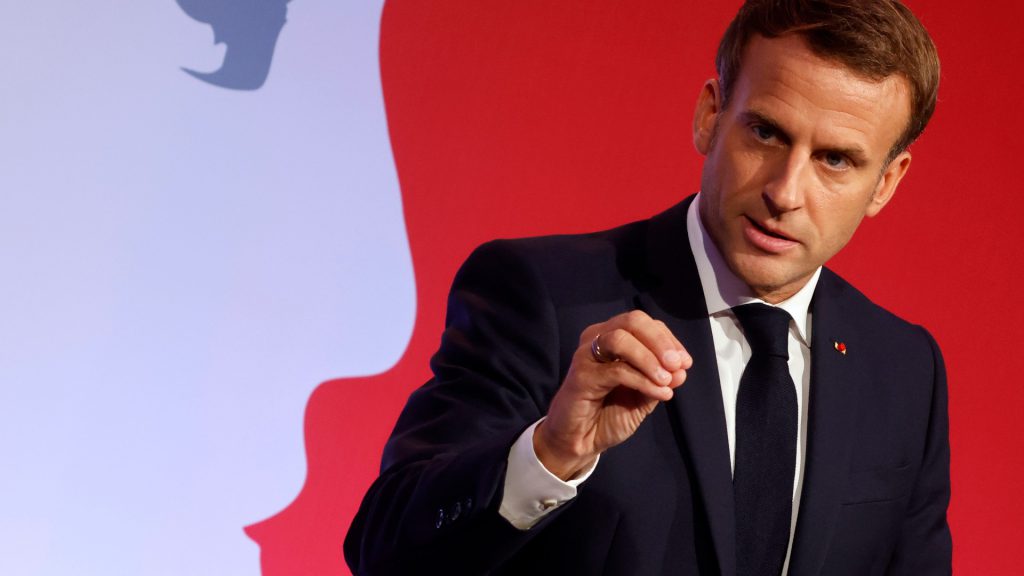
Stepanakert bombarded
On October 2, regional capital Stepanakert comes under heavy shelling which leaves many injured among the civilian population and material damage, according to Yerevan.
Armenia’s defence ministry says Karabakh’s separatist forces had repelled a “massive attack”, while Azerbaijan’s defence ministry says its forces have “captured new footholds”.
>>> READ ALSO – Mutating terror threat still looms over Europe
France warns against the risks of an “internationalisation” and “out of control” escalation in the conflict.
Armenia expresses readiness to work with international mediators to clinch a ceasefire with Azerbaijan.
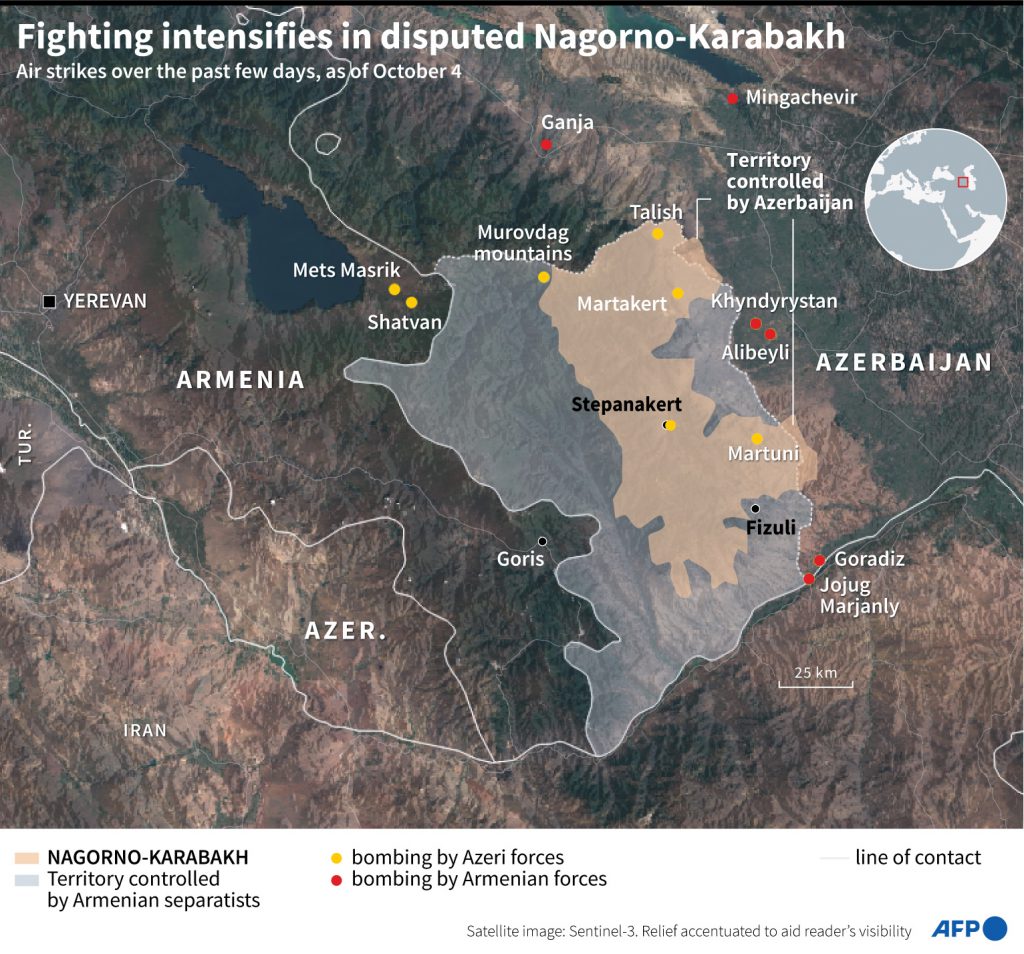
‘Decisive moment’
On October 3, Prime Minister Nikol Pashinyan calls on Armenians to unite, saying “we are facing possibly the most decisive moment in our millennia-old history”.
Azerbaijan announces that it has secured a key village, allowing it to retake control of the road linking Armenia and Karabakh.
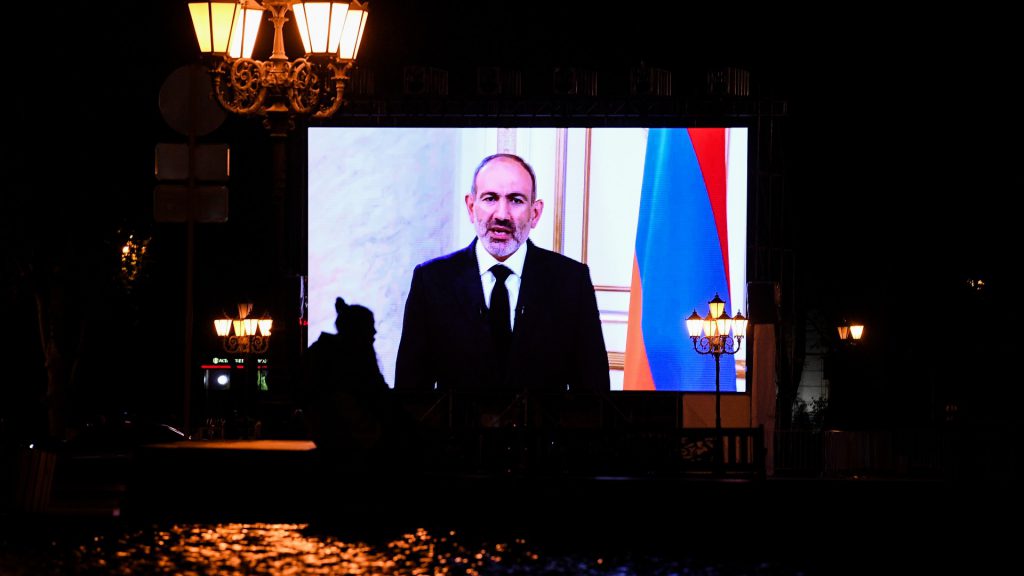
Urban zones
On October 4, fighting intensifies over Nagorno-Karabakh with the main city Stepanakert, and Ganja in western Azerbaijan under fire.
On October 5, the head of NATO Jens Stoltenberg says he expects Turkey to use its “considerable” influence to calm the conflict.
The death toll, which is very partial as Baku does not report its military deaths, comes to 245.
They include 202 separatist fighters, 18 civilians from Karabakh and 25 civilians from Azerbaijan. But each side claims to have killed more than 2,000 enemy soldiers.
Source: ednHUB / Agence France-Presse